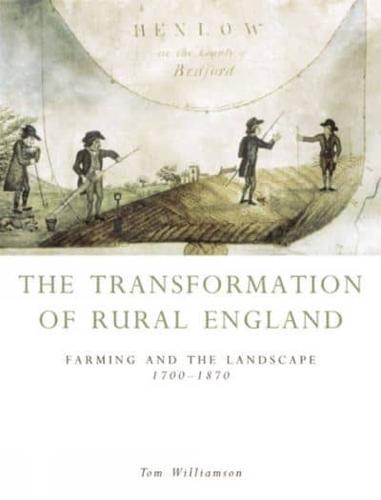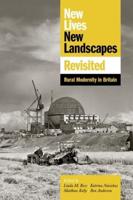Publisher's Synopsis
This is the first book to study in detail the making of the rural English landscape in the eighteenth and nineteenth centuries. For decades historians have debated the nature, timing and even the existence of the 'agricultural revolution'. This book approaches the debate from a new direction: that of landscape archaeology. It argues that there was not one 'agricultural revolution' but many. The enclosure of open fields and the reclamation of heath and downland - spearheaded by aristocratic improvers and large capitalist farmers - mesmerised contemporaries. But most enclosures had little to do with the improvement of arable farming, large landowners played a minor role and the really revolutionary changes took place elsewhere, in parts of England which were not characterised by large estates, and were the work of tenant farmers rather than landowners.












